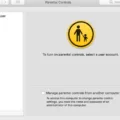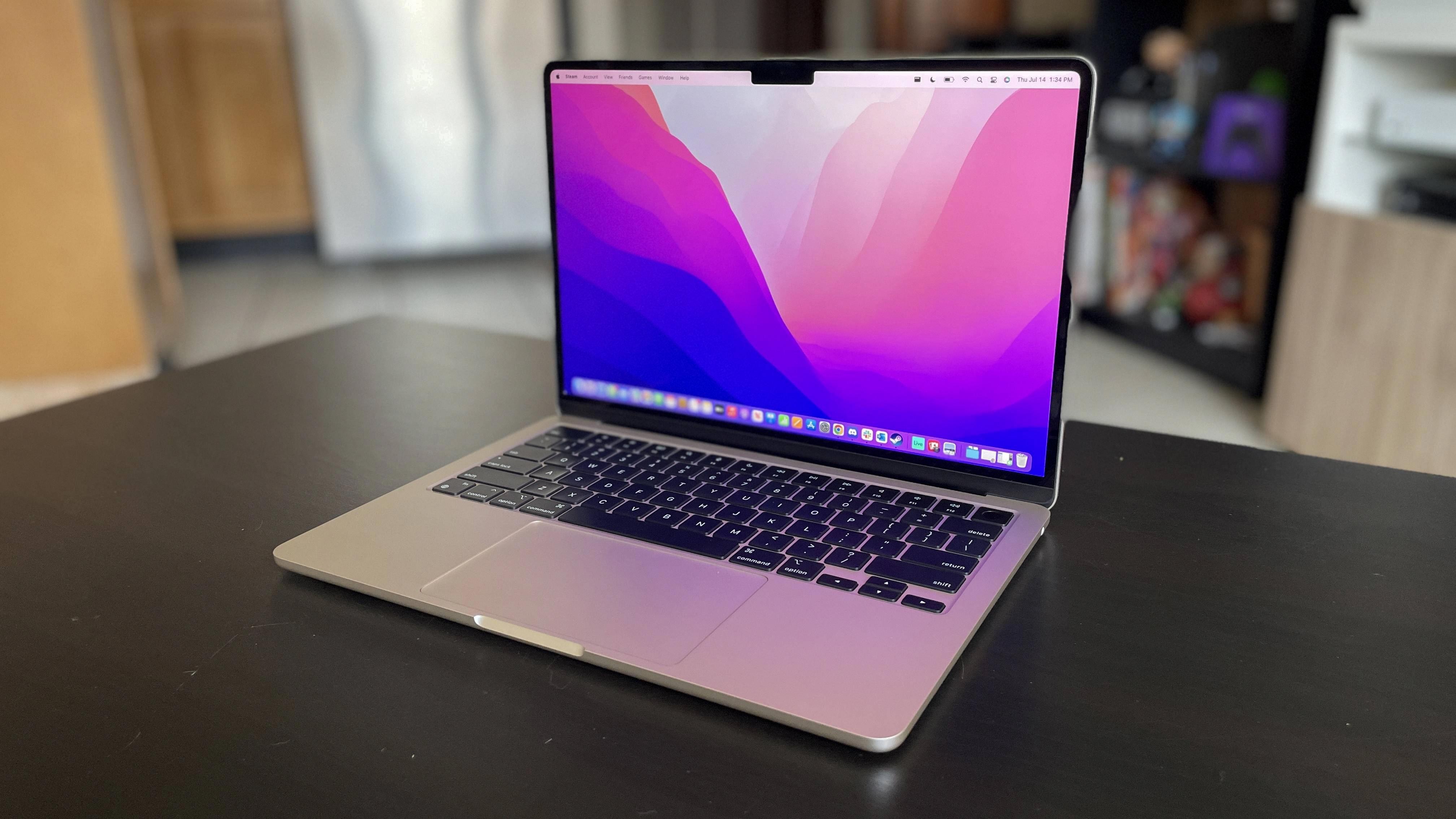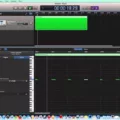Do you own a MacBook Air and want to know how to reboot it? It’s easy! A reboot or restart of your MacBook Air will reset the memory that programs use and help your laptop run more smoothly. You don’t need to worry aout losing data when you restart, but it may help your computer run better.
If you want to power down your MacBook Air, that will turn off the computer and stop any programs from running. This also helps save on battery power. To power down, simply click the Apple icon in the top left corner of your screen and click “Shut Down.”
If you need to force restart your Macbook Air, press and hold down the Command (?) and Control (Ctrl) keys along with the power button (or the ?Touch ID? / Eject button, depending on the Mac model) until the screen goes blank and the machine restarts. It’s good practice to reboot your Mac occasionally as it can help keep it running smoothly.
There are other key combinations you can use if you need them:
• Command (?)-R: Start up from the built-in macOS Recovery system.
• Option (?) or Alt: Start up to Startup Manager, which allows you to choose other available startup disks or volumes.
• Option-Command-P-R: Reset NVRAM or PRAM.
• Shift (?): Start up in safe mode.
• D: Start up from an Apple hardware test or diagnostics utility associaed with your Mac model.
It’s important to note that these key combinations may vary depending on what type of Macbook Air model you have so make sure you check with Apple before using them just in case!
Rebooting a MacBook Air
When you reboot a MacBook Air, the operating system is reset and all active programs are shut down. The computer’s memory is cleared, but no data is lost. After the restart process is complete, the computer will be able to run more efficiently as it now has a clean slate. Powering down a MacBook Air shuts off the device and prevents any programs from running in order to save battery life.

Forcing a Restart on a MacBook
To force restart your MacBook, press and hold down the Command (?) and Control (Ctrl) keys together with the power button at the same time. Depending on your Mac model, you may also need to press and hold the ?Touch ID? / Eject button. Keep holding these keys until the screen turns black and your MacBook restarts.
The Benefits of Rebooting Your Mac
Yes, you should reboot your Mac from time to time. Rebooting helps ensure that your system runs optimally and is a great way to clear out any memory-consuming tasks. It can also help with performance issues, such as slowdowns or lag. Additionally, it’s a good idea to reboot after making any major changes to your system (like installing new software), so that everything runs as expected.
Resetting a MacBook Air
To reset your MacBook Air, you’ll need to press and hold the Command (?)-R keys together. This will start up the built-in macOS Recovery system. Once opened, select Disk Utility from the macOS Utilities window, then click Continue. From here, select your startup disk from the sidebar on the left and then choose Erase from the Edit dropdown menu. Once complete, you can close Disk Utility and go back to the macOS Utilities window where you can now select Reinstall macOS to reset your MacBook Air.
Rebooting a Mac: When Is the Best Time?
You should reboot your Mac every few days to keep it running smoothly. Rebooting helps clear out any cached data, refresh the operating system, and help with any new software updates that may have been installed. It also gves the Mac a chance to clean up any applications that may be running in the background. To ensure you are taking full advantage of all the benefits that come with rebooting your Mac, try to complete any tasks you are working on before the end of the day so you can shut down your Mac and reboot it before starting again. Doing this will help keep your Mac running optimally and efficiently.
Restarting a Mac That Will Not Boot Up
If your Mac won’t boot up, you’ll need to force it to restart. To do this, press and hold the power button on your Mac for about 10 seconds. (On laptop computers that have Touch ID, press and hold Touch ID instead.) Then press and release the power button normally. This will force your Mac to restart and should get it working again. If this doesn’t work, you may need to try resetting the System Management Controller (SMC). To do this, make sure your Mac is plugged into a power source and then press and hold the Shift + Control + Option keys on the left side of your keyboard alng with the power button for at least 10 seconds. Release all four keys at the same time and then turn your Mac back on by pressing the power button as normal. If you continue to have trouble getting your Mac to boot up, it’s best to take it in for service or contact Apple Support for more help.
What Does ‘Mac Reboot’ Mean?
Mac reboot means restarting the operating system on your Mac. This process involves shutting down the computer and then starting it up again. During this process, all of the RAM is cleared and rewritten. This ensures that all of the programs are running optimally and any errors or bugs are cleared away. Rebooting your Mac can help fix software issues, slow performance, or oter problems that may be affecting your system.
Is Rebooting a Mac the Same as Restarting?
Yes, rebooting a Mac is the same as restarting it. Restarting a Mac turns it off and then back on again. This process helps clear out any temporary files that may be clogging up the system, and can help to fix certain software problems. Rebooting a Mac can also be used to install new updates or software, and can help improve performance if your Mac is running slowly.
What Is a Hard Reboot on Mac?
A hard reboot on Mac is a forced restart of the computer, which is typically done by pressing and holding the power button until the Mac shuts down. This should only be used as a last resort when other methods of restarting the Mac have not worked and the Mac has becme unresponsive. It is important to note that any unsaved changes in open documents will be lost when performing a hard reboot.








